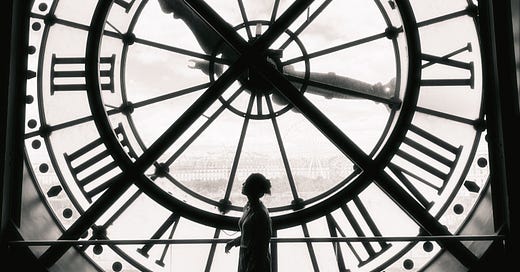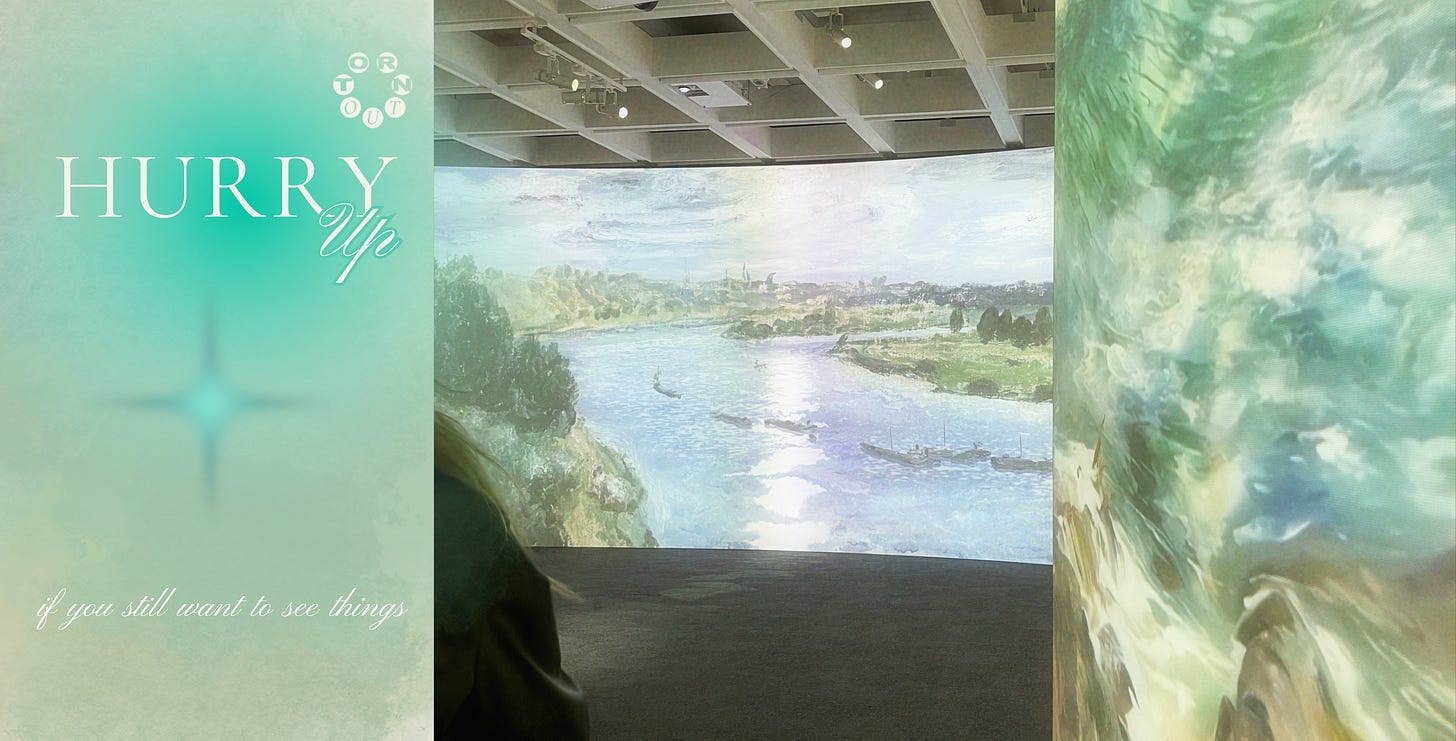Creativity is meant to be protected. Not the kind of manipulative creativity, but genuine creativity that involves the vast exploration of life, the deep thoughts on small things that we might not notice, the power of making the invisible visible, of which I often refer to “the act of seeing”.
In a world where there are constant reminders that we ourselves might just be NPCs (how pessimistic), I keep wondering why this thought could be circulated. Is that what we would describe our lives if we can’t “see”? It’s overwhelming, to be honest. Yet, the way my life is filled with creative minds constantly pulls me out of this trap and void. Creativity really can’t be switched off like switching off a game filled with NPCs. It will fade away somehow, but you will never stop “seeing”.
When I studied science back then, and eventually went back to the creative field, science has already merged deeply into my vein. If you notice, even the most seemingly rational field—science—is indeed constantly changing. Pluto was removed from our solar system; our skull shape does not really define our intelligence; dinosaurs might have had feathers; and we once thought the Earth was flat. Science is all about challenging old thinking and rewriting the wrongs with rights, which continue to change overtime as well. This process is very much similar to the ways we perceive the world, and the reason why I enjoy every conversation with creative minds as we talk about “the act of seeing” and “the way of seeing”.
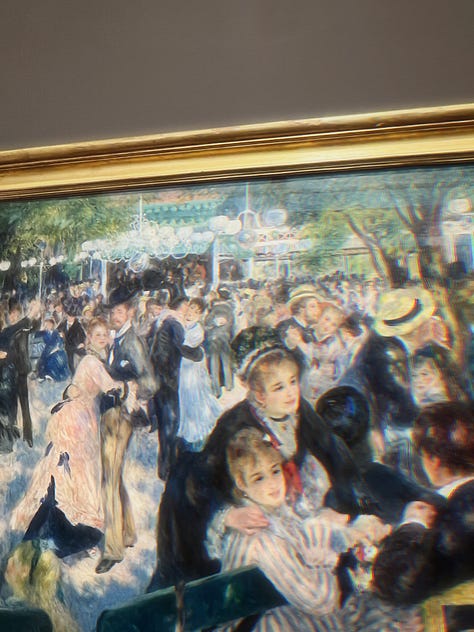
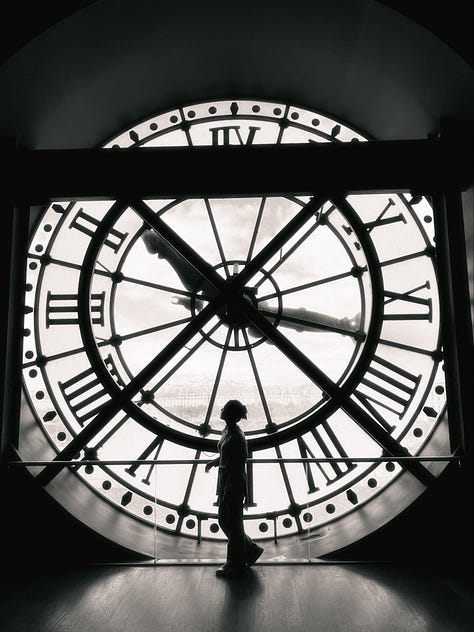
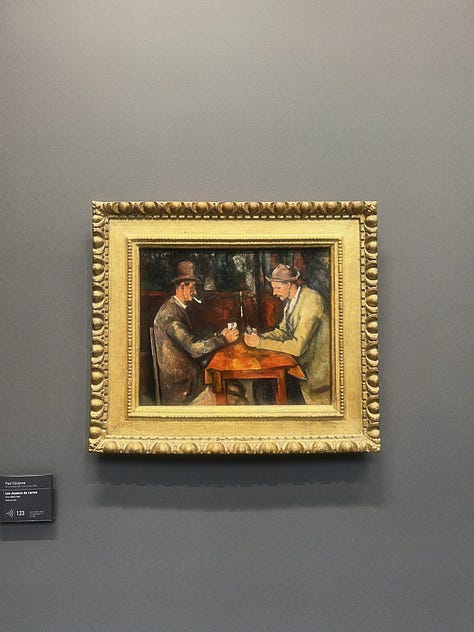
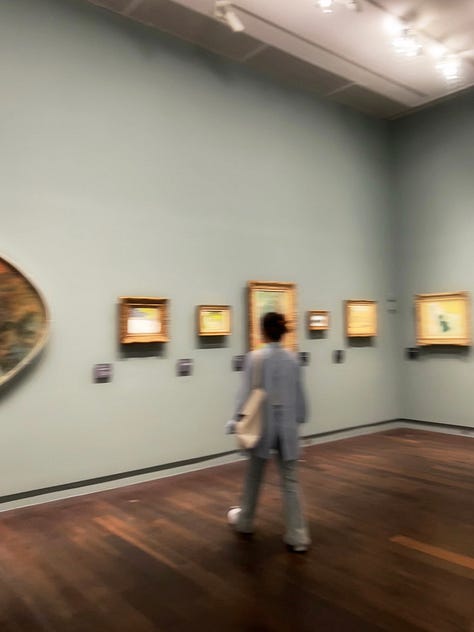
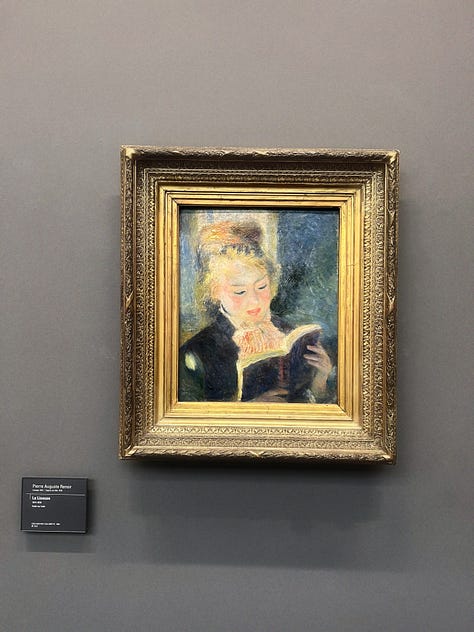
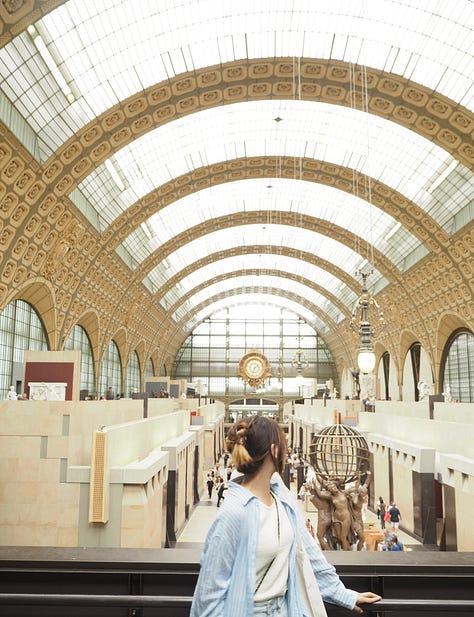
“Everything is about to disappear. You’ve got to hurry up if you still want to see things.”
– Paul Cézanne
As much as I enjoy nature more and more in recent years, I found myself understanding impressionism much more than the period I studied art history way back (well I used to focus on abstract expressionism). With the mindset of impressionists capturing light in their brushstrokes and revolutionizing classical art, when I returned to Paris last year to view the largest impressionist collection at Musée d’Orsay, I saw that in the softness and blurriness, there laid the boldness that turned the invisible visible, for us to reimagine and rethink the world we live in.
It’s even more magical to visit the precious pieces by masters Paul Cézanne (1839 – 1906) and Pierre-Auguste Renoir (1841 – 1919) in my hometown as the Hong Kong Museum of Art (HKMoA) is hosting the major touring exhibition “The Hong Kong Jockey Club Series: Cézanne and Renoir Looking at the World - Masterpieces from the Musée de l’Orangerie and the Musée d’Orsay”, continuing the celebration of the 150th anniversary of Impressionism in 2024. I particularly resonated with the explanation given by Cécile Girardeau, curator of the Musée de l’Orangerie, at the beginning of the guided tour. In addition to discussing the friendship between the two masters, she emphasized the notion of “Audace” (the French word for boldness) as the “fathers of modernity” revived classical art through their own perspectives, revolutionizing modernity and demonstrating full freedom in their artistic expressions.
“Painting from nature is not copying the object, it is realizing one’s sensations.”
— Paul Cézanne
“To be an artist you must learn the laws of nature.”
— Pierre-Auguste Renoir
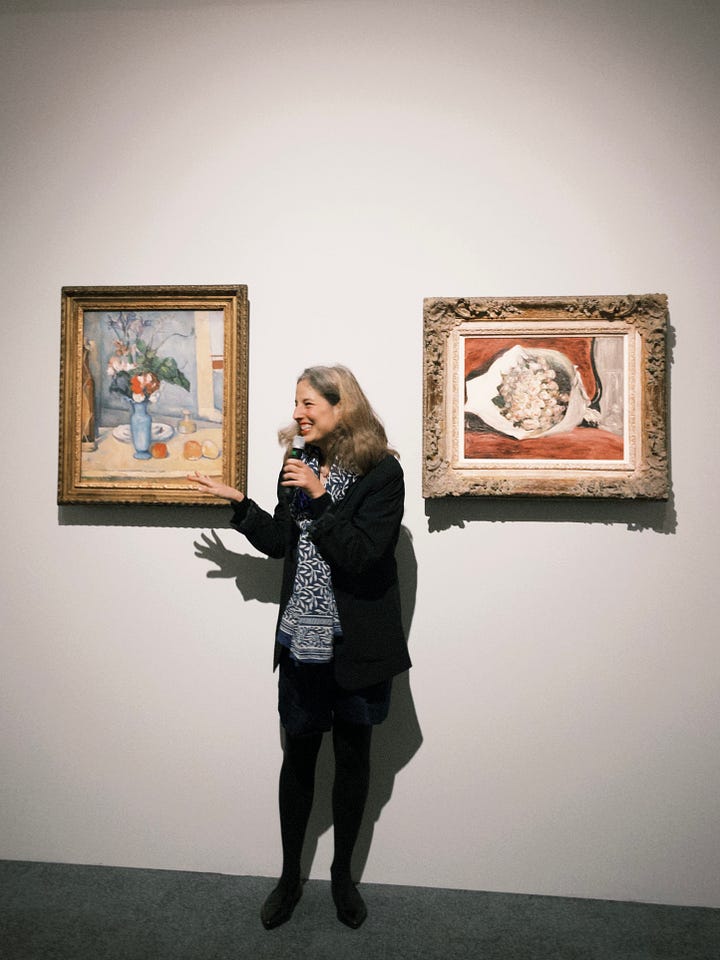
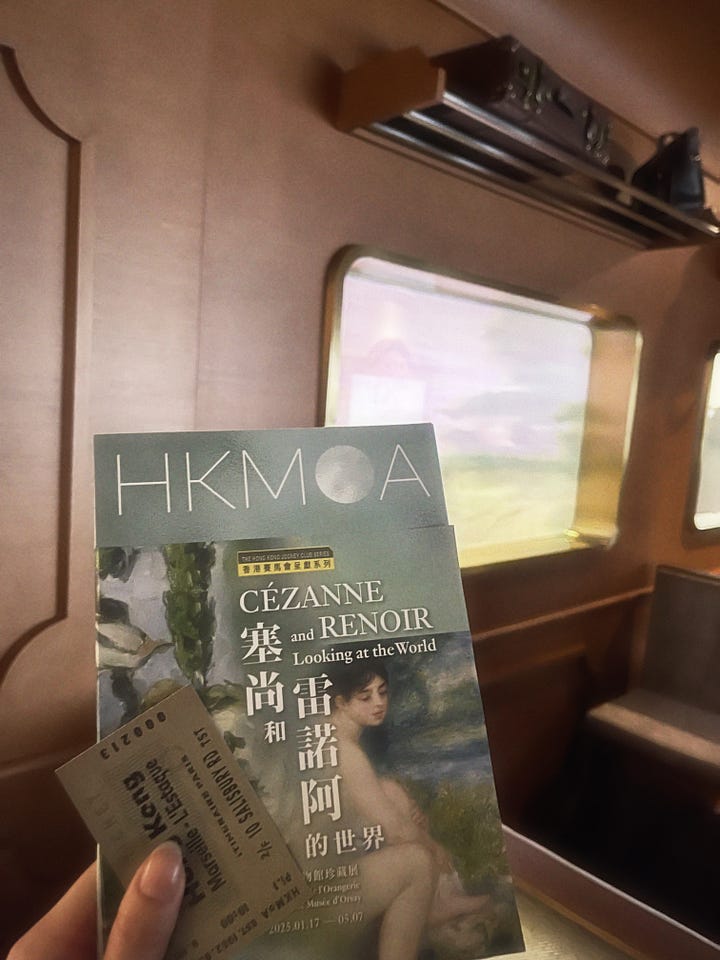

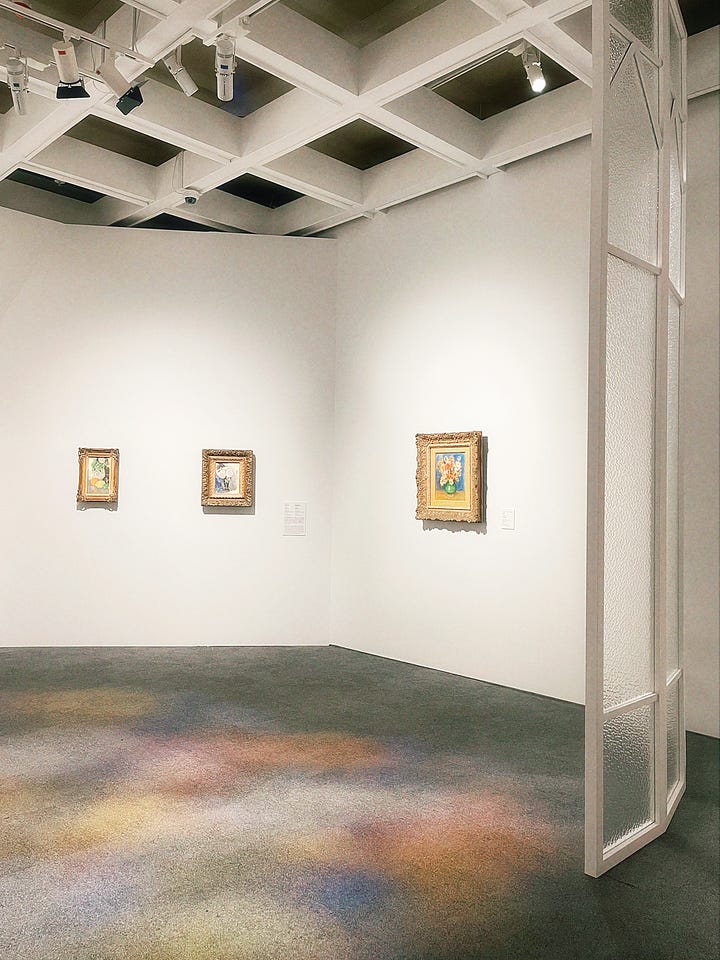
Curation-wise, from still life and portraits to landscapes, I really enjoy the storytelling that creates a dialogue between the two masters, Cézanne and Renoir, and the way there is a train that connects Hong Kong with Southern France (along with a digital travel guide). While creativity flows, the two masters redefined modernity with their innovative depictions and influenced the next generation of artists, such as Spanish master Pablo Picasso (1881–1973), HKMoA keeps its tradition in including Hong Kong artists in the touring exhibition. This time featuring Trevor Young’s art installation ‘Garden Cruising: Bathers and Watchers’ which explores the notion of perspective that combines photographs with scents; while Lai Kwan-ting’s art installation ‘Everyday Whispers’ focuses on family through Chinese gongbi paintings, both signifying how contemporary artists are inspired by the masters and how art breaks geographical and temporal boundaries.
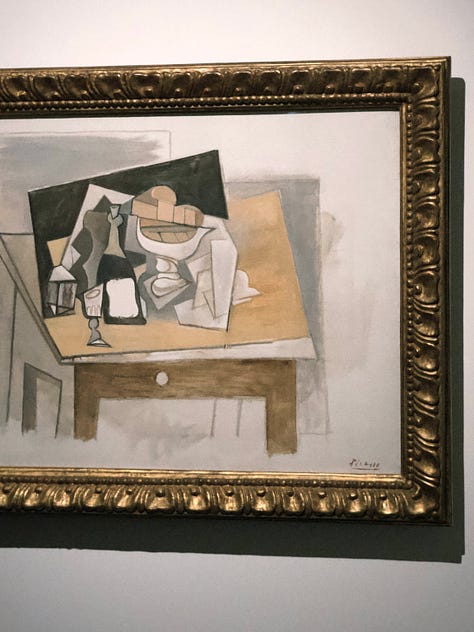
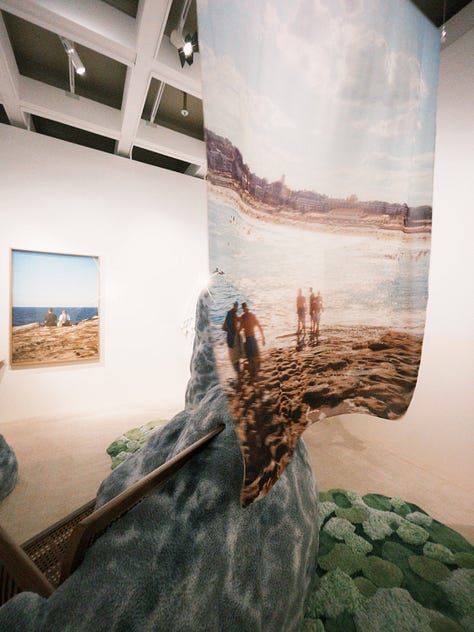
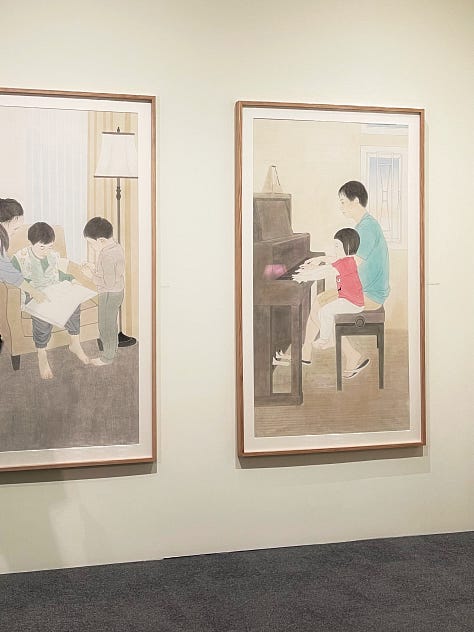
We link time with a rhetorical expression derived from the enormous clock at the train station, as if time is frozen the moment we meet and flows quietly as we part.
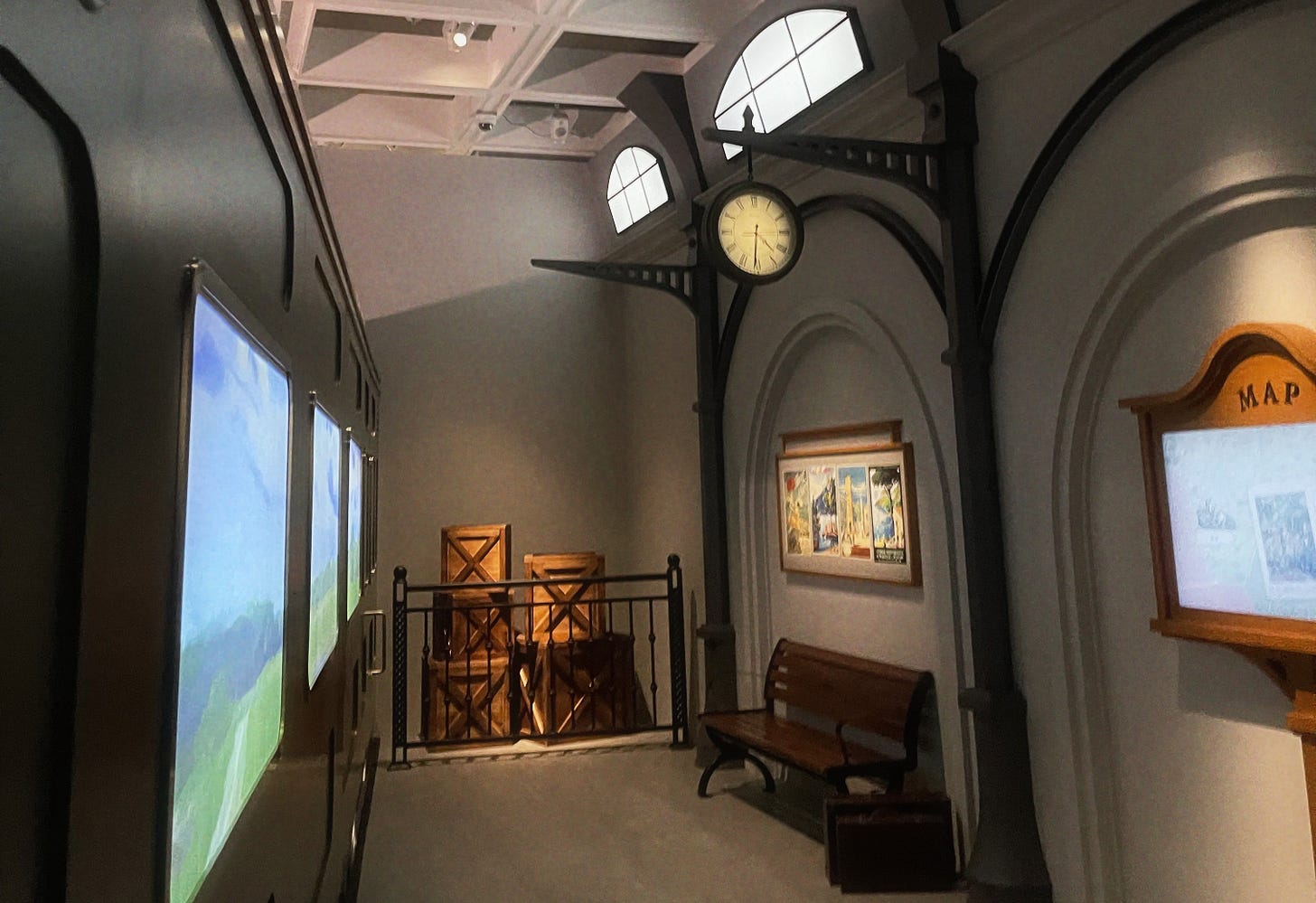
Just as time passes so radically that even Cézanne has emphasized the urgency of seeing, creatives often bring the unseen out of the shadows, for instance, abstract notions such as time and memory become sharpened in diverse artistic practices that lead us to rethink our way of life and the small things around us. One exhibition that lingers in my mind for a long while is artist Daphne Mandel’s solo exhibition “Their Memories” at Gallery EXIT. She demonstrated the way artists “see” the world by positioning herself as an observer in Hong Kong, focusing on the villages and engaging with the city’s past.
When talking to Daphne, as she explained how she explored abandoned homes in rural villages and the stories behind them, I was captivated by how her architectural background influences the way she observes the dailyness and shifts in our society, especially through the lens of changing landscapes. I mentioned to Daphne that her artwork ‘Landscapes Don’t Retain Memories’ particularly captured my interest, since it is placed across the long row of small paintings that depict photographs found in abandoned homes. While the close up of small photograph paintings contain the past memories, the large collage painting indicates a view that speaks of the larger layer above—the changing landscapes. The scattered households turn into overlapping puzzles that reflect the change of urbanization, as new memories replace old ones on the same piece of land, showing Daphne’s focus in exploring the idea and notion of memory, and that “tangible landscapes can’t hold intangible memories.”
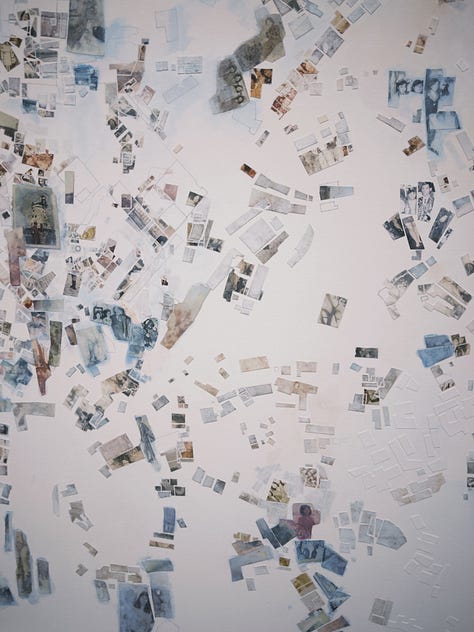

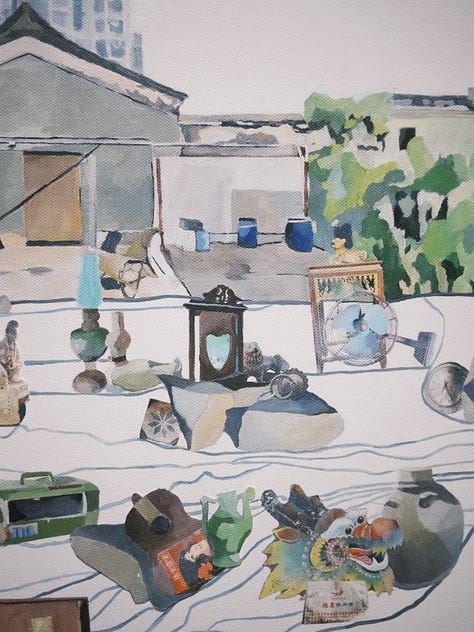
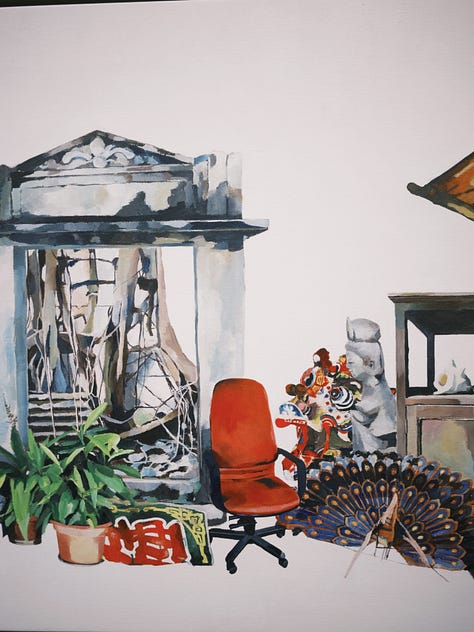
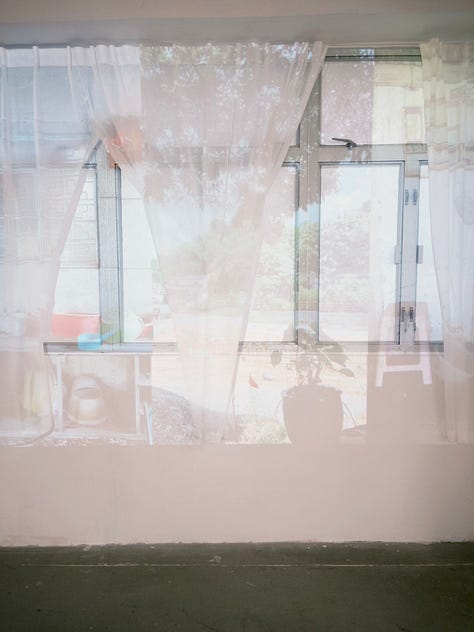

As my 2024 newsletter concluded with the notion of “being a deep thinker,” I found that perhaps the best way to start 2025 is with an essay about creativity. I draw on the examples above, yet I’m sure if you “see” carefully, you’ll find that creativity is indeed already present in your life. That’s pretty much why perhaps, creativity is meant to be protected. When times are tough and the world is filled with thoughts like “you are an NPC,” it’s often the creative minds who offer us a new lens to review the interesting times we are living in right now.
Creatives never switch off, you are not an NPC.
Until then,
K.


